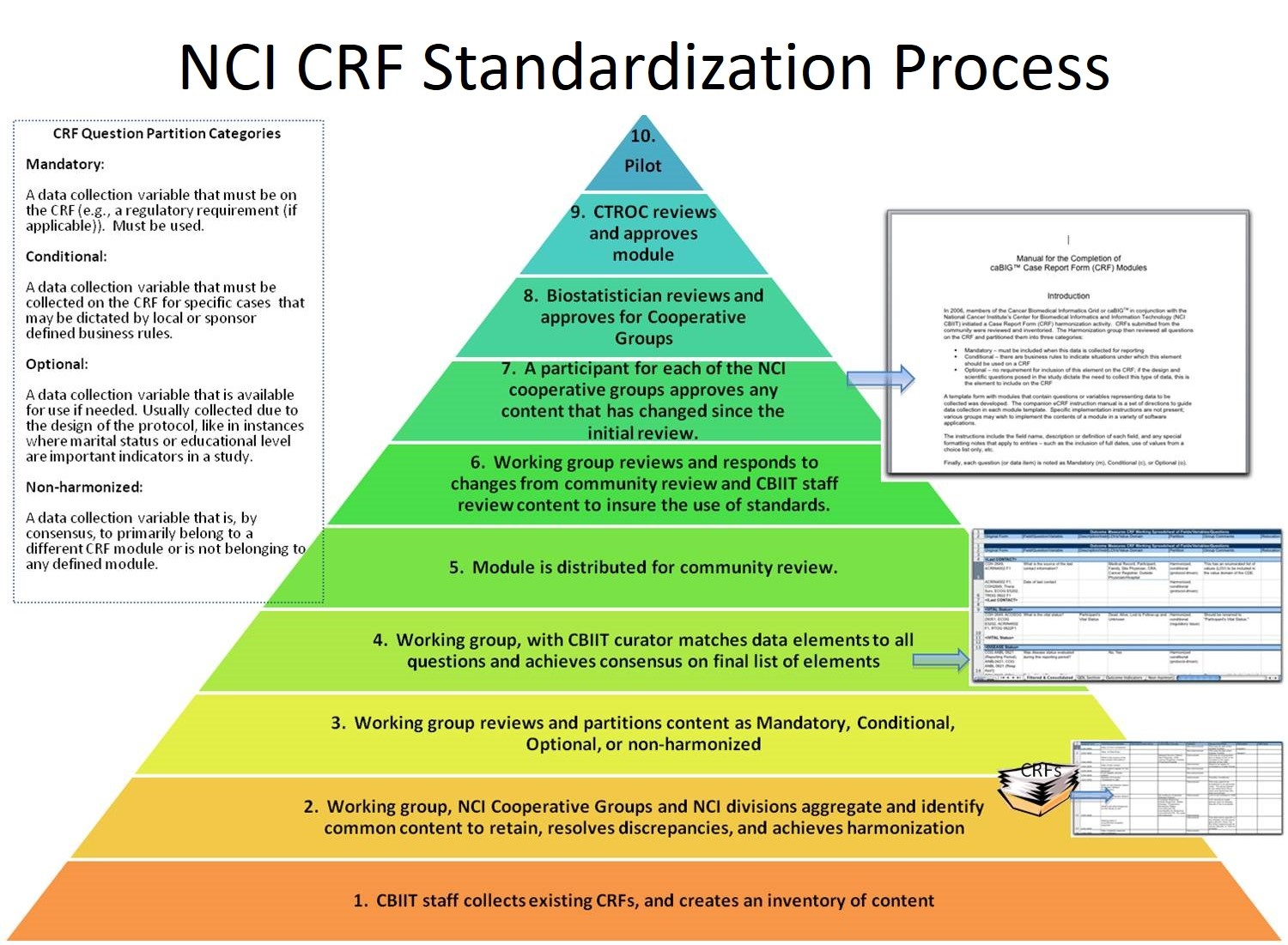 |
Page History
...
| Column | ||||
|---|---|---|---|---|
| ||||
|
...
| width | 80% |
|---|
Module Status Table
...
CRF Modules
...
Round #
...
Current Status of Module
...
...
2
...
...
...
3
...
Internal Harmonization complete; Expanded Committee Review will follow Round 2.
...
...
3
...
Internal Harmonization complete; Expanded Committee Review will follow Round 2.
...
...
4
...
Internal Harmonization complete; Expanded Committee Review will follow Round 3.
...
...
1
...
...
...
4
...
Internal Harmonization complete; Expanded Committee Review will follow Round 3.
...
...
3
...
Internal Harmonization complete; Expanded Committee Review will follow Round 2.
...
...
4
...
Internal Harmonization complete; Expanded Committee Review will follow Round 3.
...
...
4
...
Internal Harmonization complete; Expanded Committee Review will follow Round 3.
...
...
2
...
Internal Harmonization complete; Expanded Committee Review in session.
...
...
4
...
Internal Harmonization complete; Expanded Committee Review will follow Round 3.
...
...
4
...
Internal Harmonization complete; Expanded Committee Review will follow Round 3.
...
...
4
...
Internal Harmonization currently underway.
...
...
3
...
Internal Harmonization complete; Expanded Committee Review will follow Round 2.
...
...
2
...
Internal Harmonization complete; Expanded Committee Review in session.
...
...
4
...
Internal Harmonization complete; Expanded Committee Review will follow Round 3.
...
...
4
...
Internal Harmonization complete; Expanded Committee Review will follow Round 3.
...
...
3
...
Internal Harmonization complete; Expanded Committee Review will follow Round 2.
...
...
2
...
Internal Harmonization complete; Expanded Committee Review in session.
...
...
2
...
Internal Harmonization complete; Expanded Committee Review in session.
...
...
3
...
Internal Harmonization complete; Expanded Committee Review will follow Round 2.
...
...
2
...
Internal Harmonization complete; Expanded Committee Review in session.
...
...
2
...
Internal Harmonization complete; Expanded Committee Review in session.
...
...
4
...
Internal Harmonization complete; Expanded Committee Review will follow Round 3.
...
...
3
...
Internal Harmonization complete; Expanded Committee Review will follow Round 2.
...
...
4
...
Internal Harmonization complete; Expanded Committee Review will follow Round 3.
Introduction
The Standardized Case Report Form (CRF) Work Group is focused on establishing a core library of harmonized and standardized Phase II and III CRFs and data collection modules through stakeholder consensus. A core library of harmonized and standardized CRFs will be highly valuable to the cancer clinical trials community because it will provide a standardized mechanism for comparing and aggregating information across the NCI's clinical trial portfolio. Additionally, a harmonized CRF library will improve the efficiency and accuracy of the routine review of safety, efficacy, and administrative data from ongoing NCI-funded clinical trials. Finally, by reducing the time spent in developing a data collection strategy per trial, this core library will allow for faster initiation of new trials; thus, speeding the process of delivering new and improved treatments to patients.
The Standardized CRF Work Group is part of the Study Conduct Special Interest Group (SIG) and the Clinical Trials Management Systems (CTMS) Workspace.
...
...
...
...
...
...
...
...
1 | NCI CBIIT staff create CRF inventory |
2 | Working group aggregates and identifies key content, resolves discrepancies, harmonizes - expansion in working group membership to include named point of contacts (POCs) for all major internal and external clinical trial stakeholders |
3 | Working group partitions content - mandatory, conditional, optional |
4 | Working group achieves consensus on final list of elements, assures adherence to data standards |
5 | Executive summary sent to Clinical and Translational Research Operations Committee (CTROC) |
6 | Module circulated for broad community review |
7 | Working group reviews and responds to changes from community review - POCs for all major internal and external clinical trial stakeholders provide formal approval of CRF elements prior to subsequent review |
8 | CRF Subcommittee of the CTMS Steering Committee reviews and approves - newly formed subcommittee ensures review by critical external clinical trial stakeholders, e.g., NCI cooperative groups |
9 | CTROC reviews and approves |
10 | Annual review cycle |
...
...
...
...
...
...
...
...
...
...
...
...
...
The general metrics from the Round 4 CRF Inventory include:
17 Contributing Organizations
Contributing Organizations: CCR, DCP, University of Pennsylvania, CDASH, NCCTG, CTMS Theradex, CIP (FIMSO), UCSD, CALGB, COH, ACOSOG, Duke, ACRIN, ECOG, University of Michigan, Baylor College of Medicine, and RTOG
237 Case Report Forms
7697 variables (total)
More metrics on the CRFs, variables and modules will be posted on this page and the Metrics Child Page: https://wiki.nci.nih.gov/display/CTMS/CRF+Project+Metrics
...
